Introduction
In the realm of simple yet profoundly satisfying culinary delights, few dishes can match the charm of a well-made syrup. Whether enjoyed as a refreshing beverage, drizzled over pancakes, or used as a base for various desserts, syrup holds a unique place in the hearts and taste buds of many. But how does one achieve that perfect balance of sweetness, texture, and flavor? The art of cooking syrup, particularly a clear and delicious one, lies in meticulous attention to detail and an understanding of the fundamental principles involved. This guide aims to demystify the process and empower you to create syrup that is not only clear and sweet but also bursting with flavor.
Understanding the Basics
Before diving into the specifics of making syrup, it’s crucial to grasp the fundamental concepts. Syrup is essentially a concentrated solution of sugar and water, often enhanced with additional flavors like vanilla, cinnamon, or lemon. The ratio of sugar to water is critical; too much sugar can result in crystallization, while too little might yield a syrup that is too thin and lacks the desired sweetness.
The most common type of syrup is simple syrup, which has a 1:1 ratio of sugar to water. However, for a clearer syrup, some recipes opt for a higher ratio of water, sometimes as much as 2:1, to prevent crystallization and ensure a transparent final product.
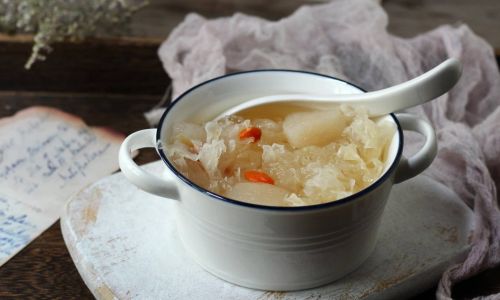
Choosing the Right Ingredients
-
Sugar: Granulated white sugar is the most commonly used type for making syrup due to its neutral flavor and ease of dissolution. However, for a richer, caramelized taste, you can use brown sugar or even a blend of both. For a healthier alternative, consider using coconut sugar or maple syrup, though these may alter the final color and texture slightly.
-
Water: Purified or distilled water is ideal to avoid any impurities that could affect the clarity or taste of your syrup. Tap water, depending on its mineral content, might leave a residue or alter the flavor profile.
-
Flavorings: Extracts like vanilla, almond, or rosewater can elevate your syrup to new heights. Fresh citrus juices, spices like cinnamon or cardamom, and even herbs like mint can add layers of complexity. Remember, the key is to use these flavorings sparingly to avoid overpowering the sweetness.
The Step-by-Step Process
-
Preparation: Begin by gathering all your ingredients and ensuring they are measured accurately. A heavy-bottomed saucepan is essential to prevent scorching, as syrup can reach high temperatures quickly.
-
Combining Ingredients: Place the sugar and water in the saucepan. It’s crucial to avoid stirring once the heat is applied, as this can encourage crystallization. Instead, gently swirl the pan occasionally if needed to ensure even heating.
-
Heating: Turn the heat to medium-high and bring the mixture to a boil. Keep a close eye on it; once it starts to boil, reduce the heat to low or medium-low to maintain a gentle simmer. This slow cooking process allows the sugar to fully dissolve without burning.
-
Simmering: Allow the syrup to simmer for about 10-15 minutes, or until it reaches the desired consistency. The longer it simmers, the thicker it will become. To check the doneness, use a candy thermometer; simple syrup is typically cooked to around 220°F (105°C), known as the soft-ball stage in candy-making terms.
-
Adding Flavorings: Once the syrup has reached the desired temperature and consistency, remove it from the heat and let it cool slightly before adding any flavorings. This prevents the heat from altering their taste or aroma. Stir gently to incorporate.
-
Cooling and Bottling: Pour the syrup into a clean, heat-resistant container and let it cool completely. As it cools, it will thicken further. Once fully cooled, you can transfer it to a glass bottle or jar with a tight-fitting lid for storage.
Tips for a Clearer, Sweeter Syrup
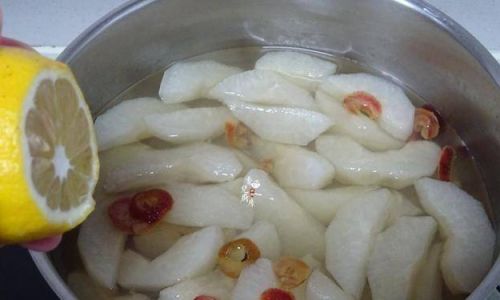
-
Filtering: For an ultra-clear syrup, consider filtering it through a fine-mesh sieve or cheesecloth after cooking to remove any particles that might have formed during the process.
-
Avoiding Crystallization: Crystallization often occurs due to undissolved sugar particles or stirring during the heating process. Ensuring all sugar is fully dissolved before heating and avoiding stirring can greatly reduce this risk.
-
Storage: Store your syrup in a cool, dark place to prevent discoloration and maintain freshness. Refrigeration is recommended, especially if you’ve added fresh fruit juices or extracts that could spoil.
Experimenting with Variations
The beauty of making syrup at home lies in the endless possibilities for customization. Here are a few variations to inspire your culinary creativity:
-
Honey-Lemon Syrup: Substitute half of the sugar with honey for a naturally sweetened, slightly tangy syrup. Add the zest of one lemon and a few tablespoons of fresh lemon juice for a refreshing twist.
-
Ginger-Spice Syrup: Infuse your syrup with sliced fresh ginger, a cinnamon stick, and a few whole cloves for a warm, aromatic syrup perfect for winter drinks.
-
Lavender-Honey Syrup: For a floral, soothing syrup, steep dried lavender buds in honey-water mixture before simmering. Strain out the lavender before bottling.
Conclusion
Mastering the art of making deliciously sweet and clear syrup is a rewarding culinary endeavor that can elevate your everyday beverages and desserts. By understanding the basics, choosing the right ingredients, and following a meticulous process, you can create syrups that are not only visually appealing but also burst with flavor. Don’t be afraid to experiment with different flavors and techniques; the journey of discovery is half the fun. With each batch, you’ll refine your skills, and soon, making syrup will become a cherished part of your culinary repertoire. Enjoy the sweet rewards of your efforts!
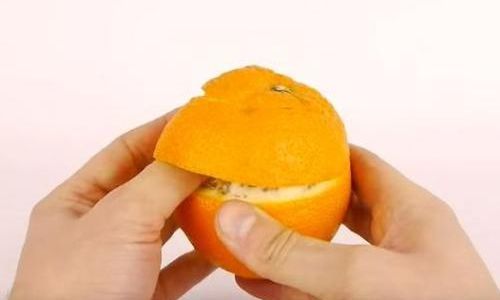
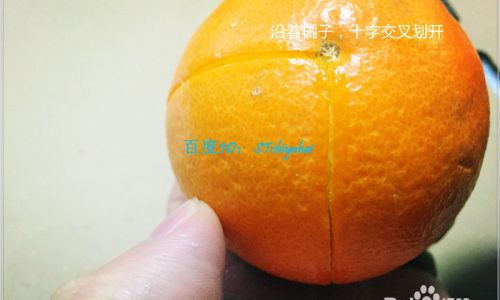
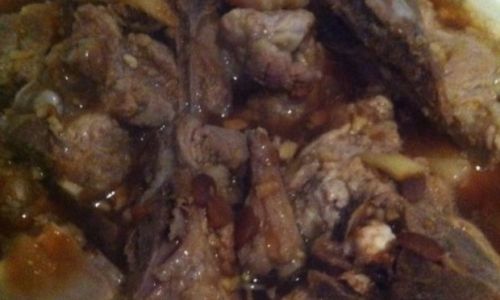


0 comments